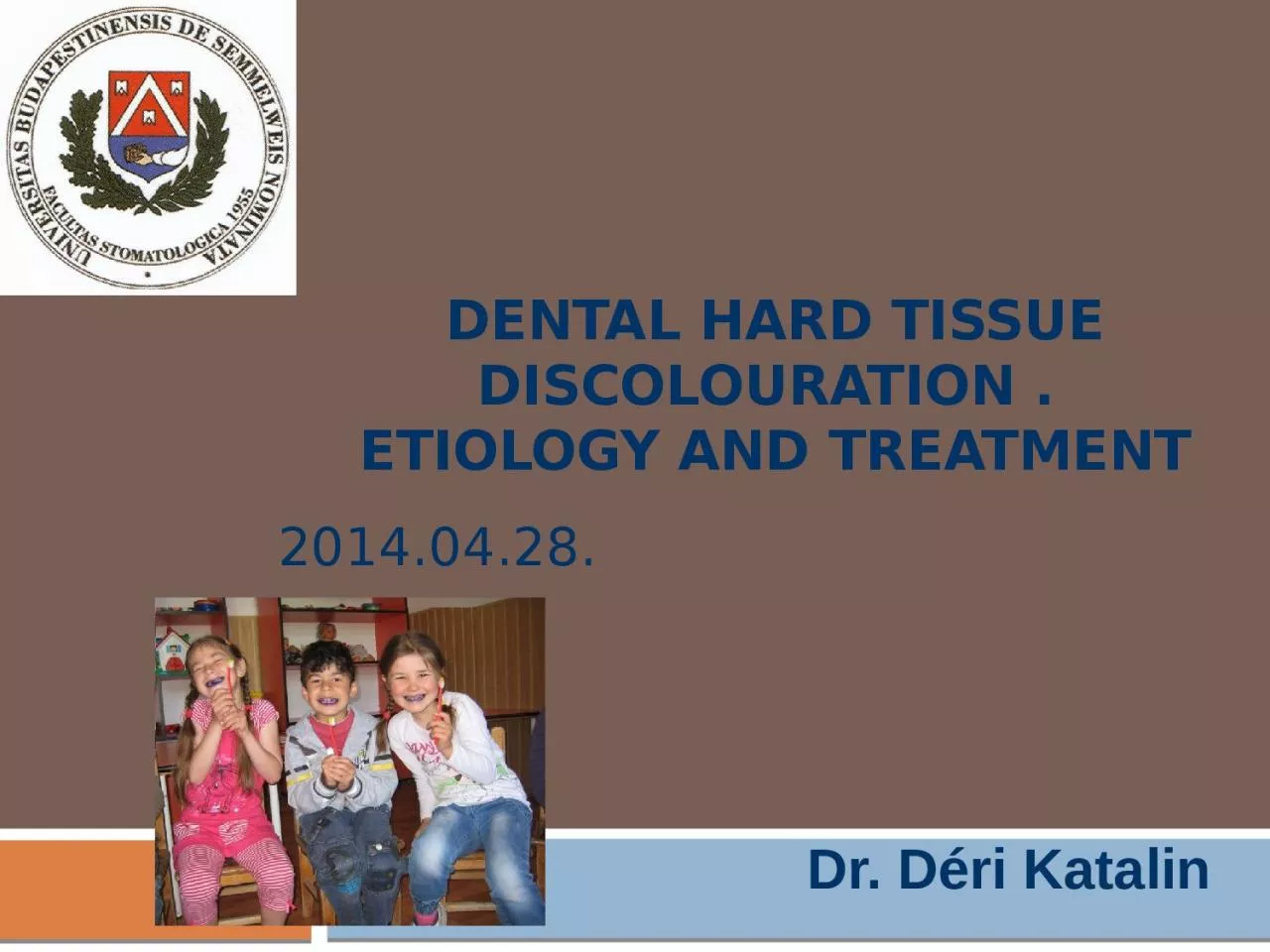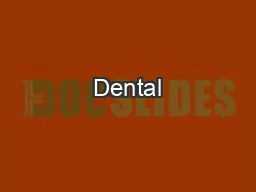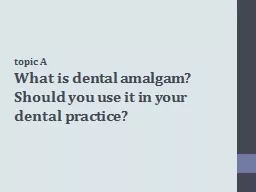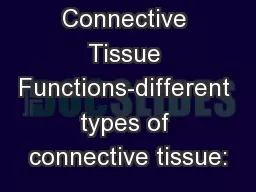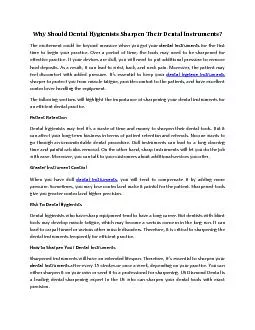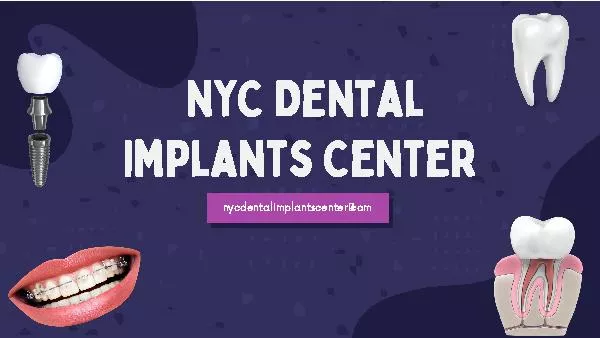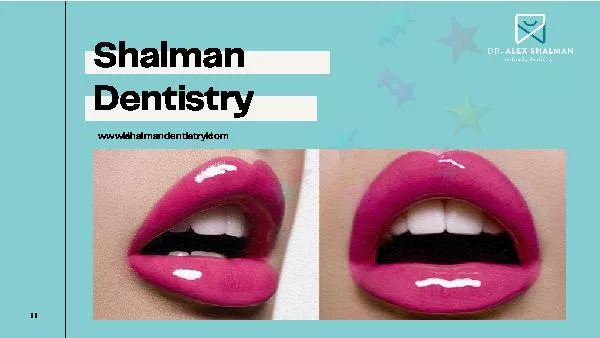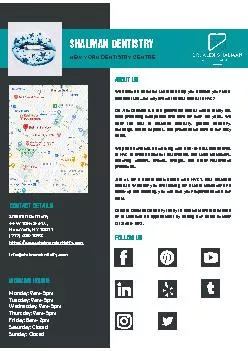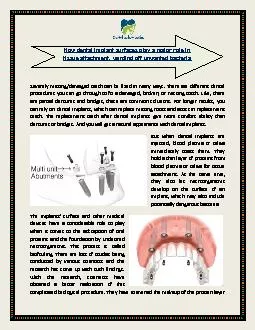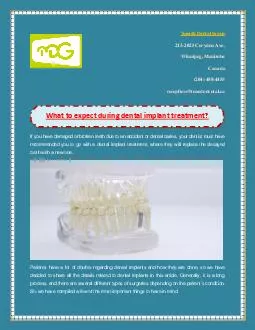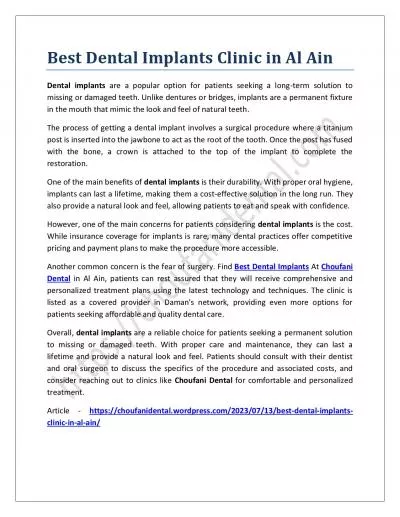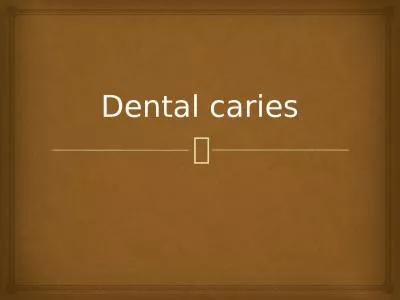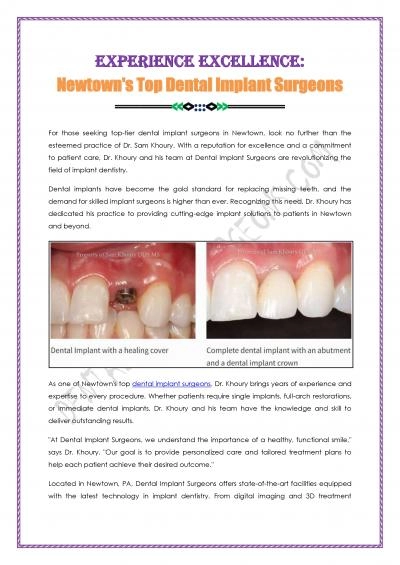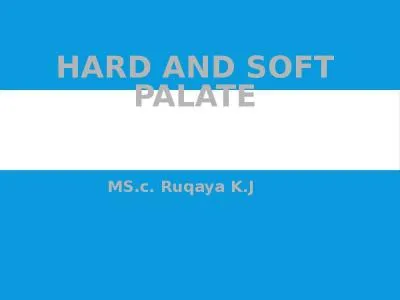PPT-Dental hard tissue
Author : Kingslayer | Published Date : 2022-08-03
discolouration Etiology and treatment 20140428 Dr Déri Katalin Tooth discolouration primary permanent teeth enamel dentin several possible causes
Presentation Embed Code
Download Presentation
Download Presentation The PPT/PDF document "Dental hard tissue" is the property of its rightful owner. Permission is granted to download and print the materials on this website for personal, non-commercial use only, and to display it on your personal computer provided you do not modify the materials and that you retain all copyright notices contained in the materials. By downloading content from our website, you accept the terms of this agreement.
Dental hard tissue: Transcript
Download Rules Of Document
"Dental hard tissue"The content belongs to its owner. You may download and print it for personal use, without modification, and keep all copyright notices. By downloading, you agree to these terms.
Related Documents

